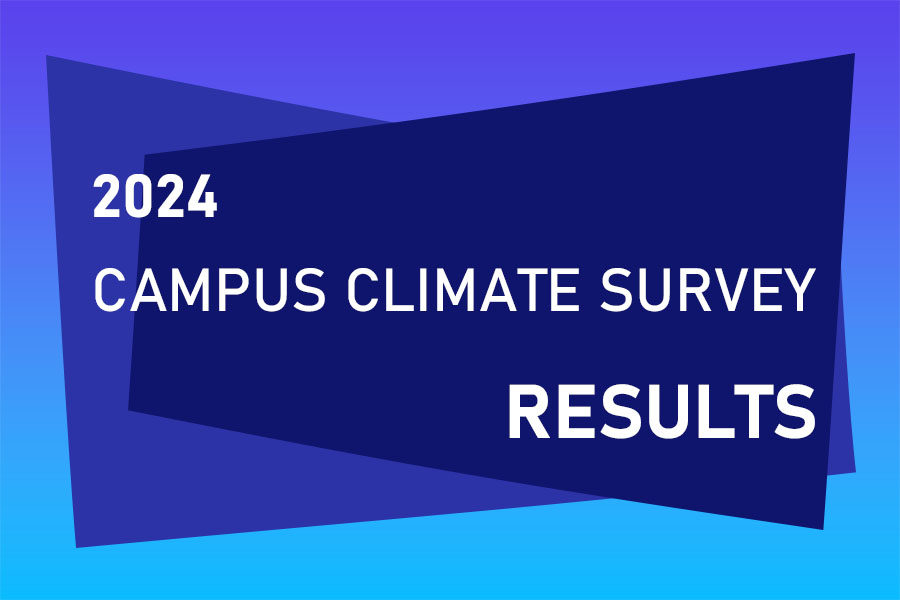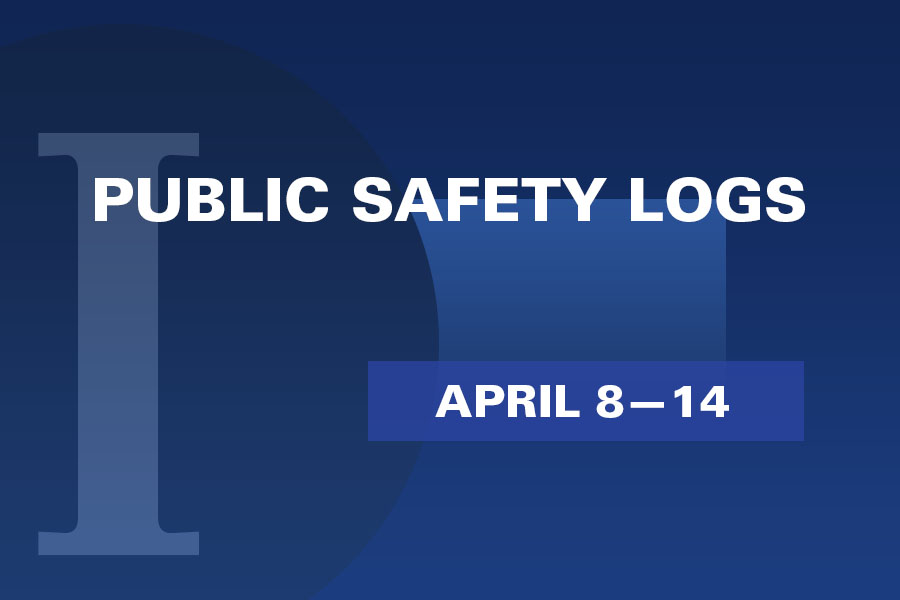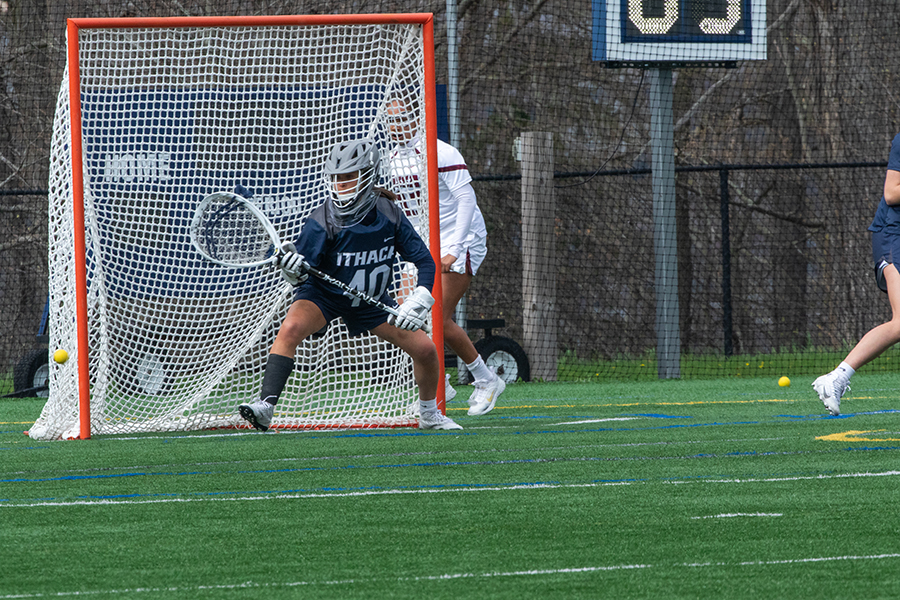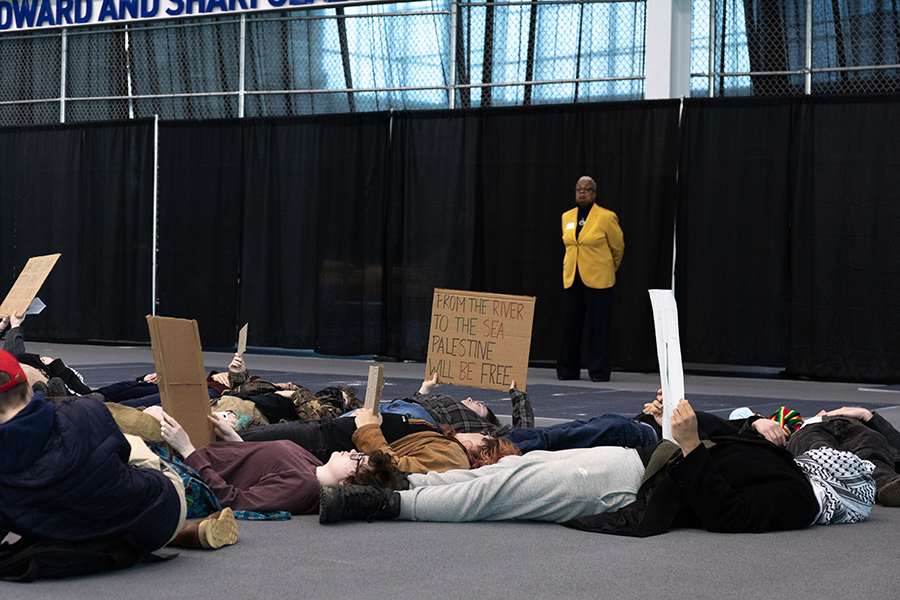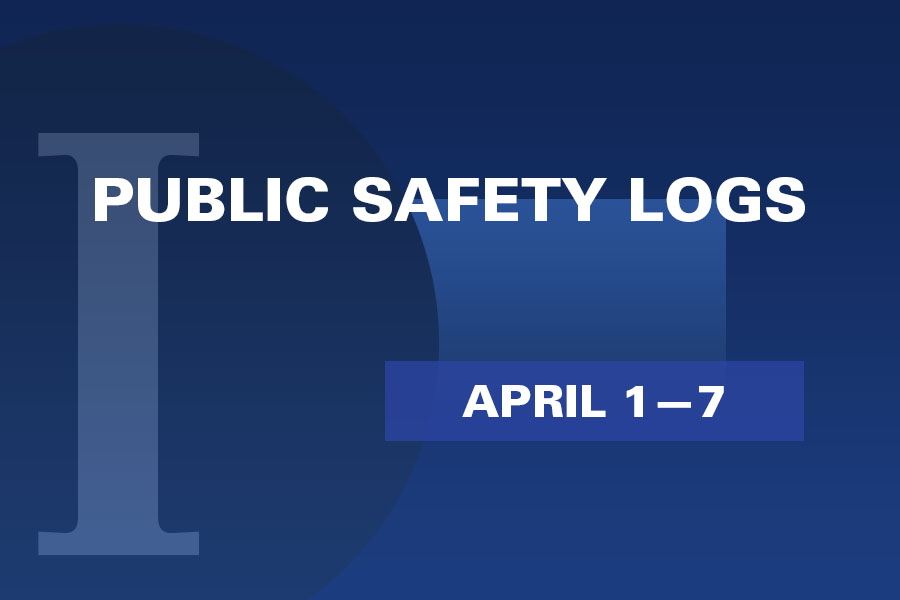Ithaca College has enrolled about 200 more students in the Class of 2017 than it originally projected in May, which caused residence halls to exceed their capacities and some departments at the college to accommodate more students than anticipated.
Eric Maguire, vice president of enrollment and communication, said in an interview with The Ithacan in May the college’s target for the incoming class was about 1,700. He said the college’s goal was to have about 1,800 students send in deposits by the May 1 deadline. But by that time, the college had already received 1,917 deposits from prospective students to confirm their enrollment for the Fall 2013 semester, Maguire said.
The Office of Enrollment Management will finalize its count of the number of students in the Class of 2017 by Oct. 1, which is when most colleges and universities report the official numbers after “melt” and withdrawal. Maguire said the college typically has a “melt” of 100 students who would have decided over the summer and at the beginning of the fall semester not to enroll at the college.
In addition to accepting more students this year, the college also accepted more applications than in years past. In May 2012, the college had 13,813 applicants and accepted 8,963, yielding a 64.9 percent acceptance rate. This year, the college had a 13 percent increase in applications — about 15,641 applicants — and accepted 10,437, yielding a 66.7 percent acceptance rate. The 1,474 difference in the number of accepted students represents a 16 percent increase from 2012 to 2013.
Maguire said the 13 percent increase in applications is healthy growth for one year. He said the increase could have been the result of two changes in the application process this year: making submitting SAT scores optional and providing an earlier application deadline. Both these changes motivated more prospective students who had a strong resume and a weaker transcript to submit their applications, Maguire said.
“By adding early action, we had more applications come in in November and December, and that allowed us more time to work with applicants,” Maguire said.
Marisa Kelly, provost and vice president for academic affairs, said she believes having the test-optional choice on an application had a positive impact on the number of applications, and it did not have a negative impact on the quality of those applications. Other statistics, like class rank, advanced-placement test scores and GPA, are on par with the overall student profile, Kelly said.
“What we found was that the SAT scores were simply not a significant predictor of success in college,” Kelly said. “We felt like it was a change we could make that would allow a broader range of students to feel comfortable and confident in applying without undermining at all the quality of the students who were attending Ithaca College.”
Maguire said 24 percent of students opted to have their application considered without standardized test scores.
Early action and test-optional were not the only reasons for an increased number of applications, Kelly said. She said the new core curriculum, a recommendation by the Middle States Association of Colleges and Schools, a peer-based college accreditation organization, may have also initially attracted students.
“The Integrative Core Curriculum is designed really around what we believe will provide the best educational experience for our students,” Kelly said. “Yes, we did want to make sure we had it in place in time to have full assessment cycles of data around that student learning experience before the Middle States full report.”
In addition, Kelly said the Roy H. Park School of Communications is a microcosm of how the college as a whole worked on enrollment this past year, particularly because the Park School utilized recruitment strategies like the IC 20/20 initiatives and the “Ready” campaign.
Enrollment in the Park School increased by 121 students — 28.2 percent — which was the largest growth in enrollment for the Class of 2017. Diane Gayeski, dean of the Park School, said the school used new strategies in marketing and admissions to reach out to prospective students.
She said the Park School has tried to keep enrollment consistent since 2009 when that year’s incoming freshman class forced the school to allow more students into required major courses. But because of some relatively new majors and programs with growing interest — like documentary studies and emerging media — the school has seen increased overall enrollment.
Gayeski said as the Park School has increased enrollment in specific programs, it has made changes to ensure that qualified applicants receive the same excellent education. She said the Park School is currently scheduling more sections of classes, buying more resources and hiring volunteer professors and adjuncts to support this year’s larger incoming class.
The School of Health Science and Human Performance had the second-largest increase in enrollment. Linda Petrosino, dean of HSHP, said the school either hit or exceeded the targets for all its programs.
Petrosino said each year is different for enrollment, based on what prospective students find most interesting. She said health-related jobs are popular this year.
Meanwhile, the Office of Residential Life has created alternative housing options to accommodate the large number of incoming students. They include the use of extended occupancy triples, temporary living in residence hall lounges and four-person rooms in Emerson Hall.
In addition, the First-Year Residential Experience program has been extended to interested students living in non-FYRE residence halls.
Bonnie Prunty, director of residential life and judicial affairs, said the college had about 1,818 incoming first-year students, 117 transfers and five exchange students choose on-campus housing for the fall 2013 semester.
Prunty said because the college guarantees students on-campus housing for all four years, it will use extended occupancy triples and converted lounges to help follow through on that guarantee. Now that the housing selection process has finished, Residential Life will reach out to students who have not yet showed up to alleviate those living in temporary housing by placing them in vacant rooms.
“After we do no-show calling this week, our attention will turn to beginning to reassign students who are in temporary housing,” she said.


